
Beavers were introduced into Lundy Canyon long ago, and in recent years have been spreading to other nearby creeks such as Wilson Creek and DeChambeau Creek. Dead beavers have been seen more than once in the last several years along Mono Lake between Old Marina and Lee Vining Creek.
About three weeks ago we were informed by Dr. Roland Knapp of beaver sign along Lee Vining Creek below the diversion dam. Friday morning I took the photos found here–click on a photo to enlarge.
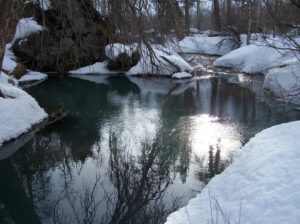
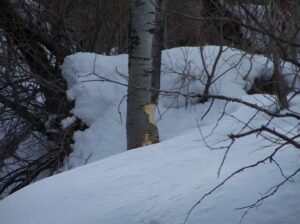
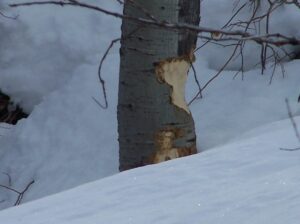
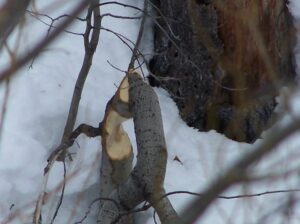
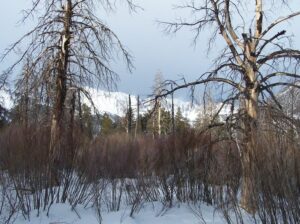
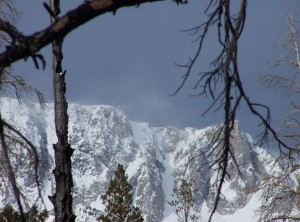
All photos by Greg Reis.

I think these beavers escaped from Tierra del Fuego.
Not sure why they (beavers) are Non-Native to the Mono Basin? Tierra del Fuego…well that’s a different story!
I have seen references in the past that refer to beavers as non-native in the Mono Basin, unfortunately I’m unable to locate any right now. I’m not sure how it was determined–often linguists will note whether the word for an animal in the native language originated in that language. If it was borrowed, for example, from a native language west of the Sierra crest, that would indicate that the animal didn’t exist east of the crest.
I was able to find a paper on the Truckee River beavers http://oak.ucc.nau.edu/pb1/vitae/Beier-Barrett.1987.CDFG_Beaver.pdf that says “From 1934 through 1949, the California Department of Fish and Game and the U.S. Forest Service introduced beaver, Castor canadensis, into the Sierra Nevada for production of fur, erosion control, and increased water storage (Hensley 1946, Lynn 1949).”
Other sources say there are beaver subspecies along the Humboldt and Snake Rivers (the above mentioned paper says 7 of the 8 Truckee River beaver introductions originated from the Snake River), so they were native to parts of the Great Basin. I remember reading once about them being native to California’s Central Valley. It would be nice to find a definitive range map–when time permits!
The Hanna family has been in Lundy Canyon since 1919. My dad, John Hanna spent a lot of time there in the late 20’s to mid 30’s. I recall him saying beavers were introduced there in the early 30’s or so.
There still are beavers in the central valley…while sculling around Rough and Ready Island near the Port of Stockton we were treated to a beaver siting. The critter swam right by our boat with its head above water then dove under and slapped the water with its tail. I had no idea there would be beavers in the California’s central valley but they are most definitely there. Interesting to think they would be found in this area and not the Sierras.